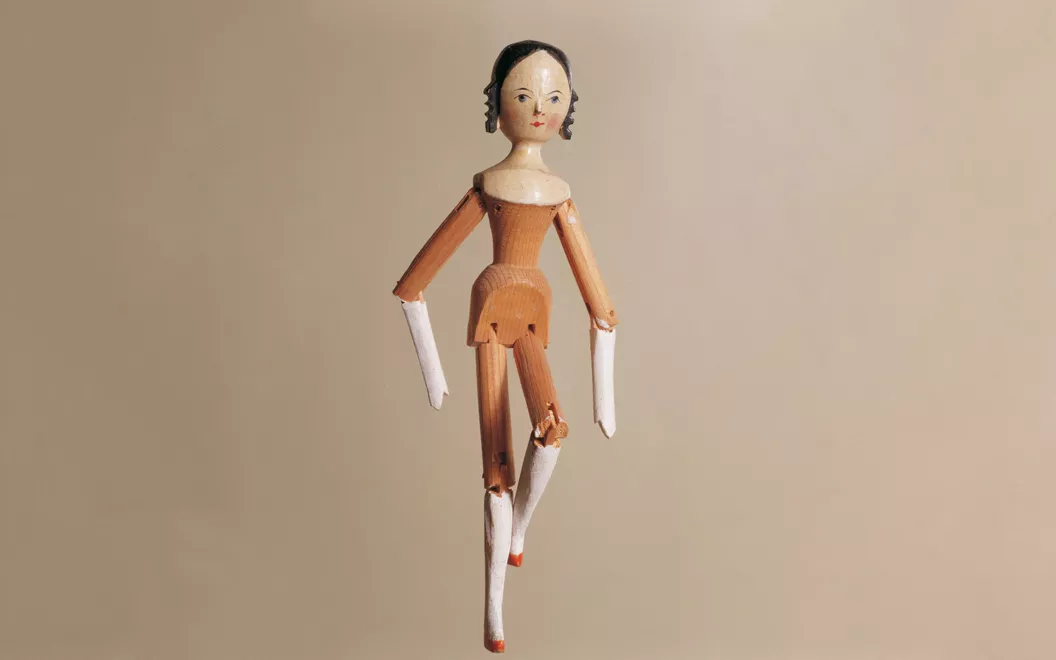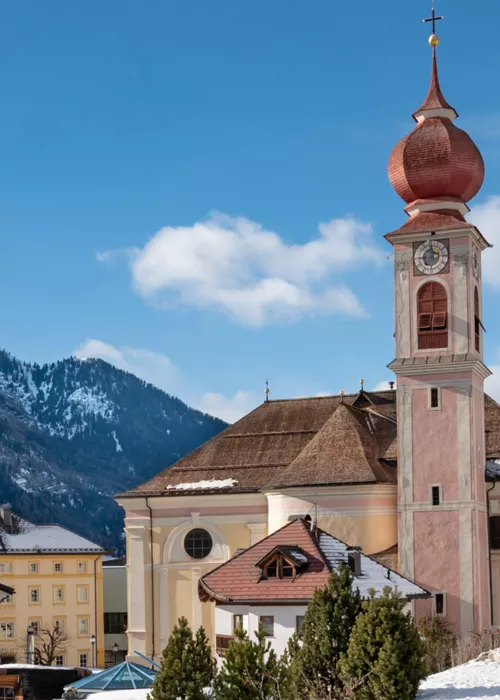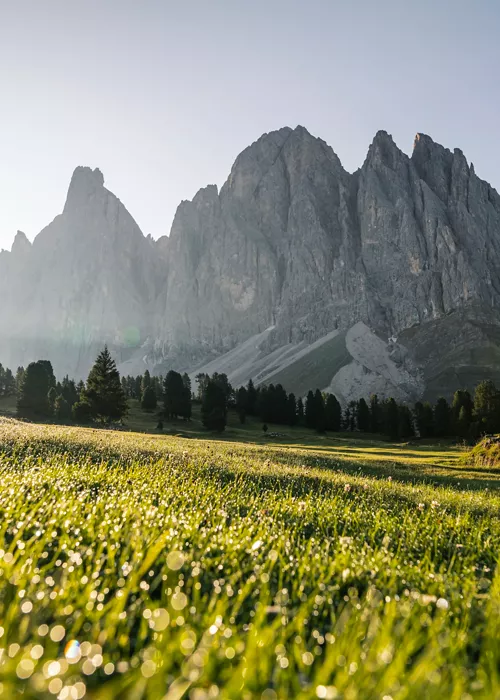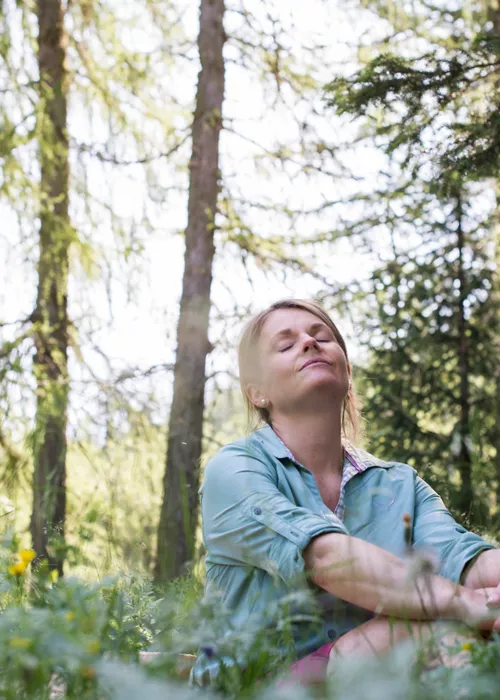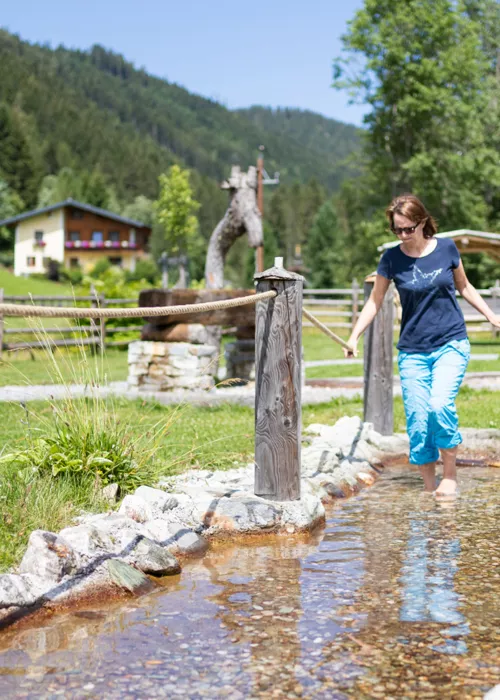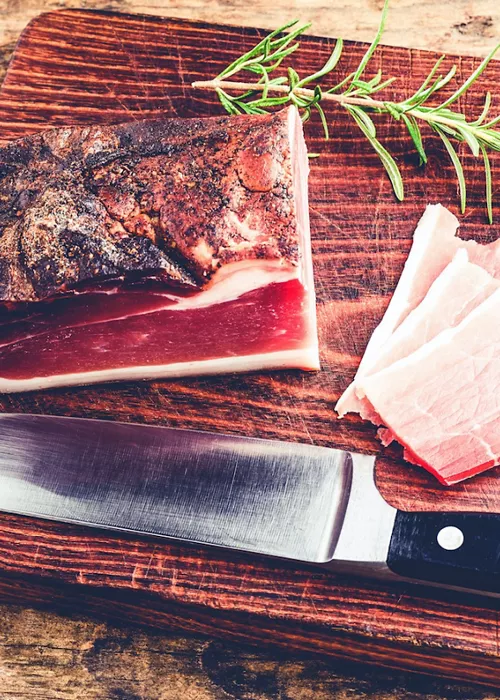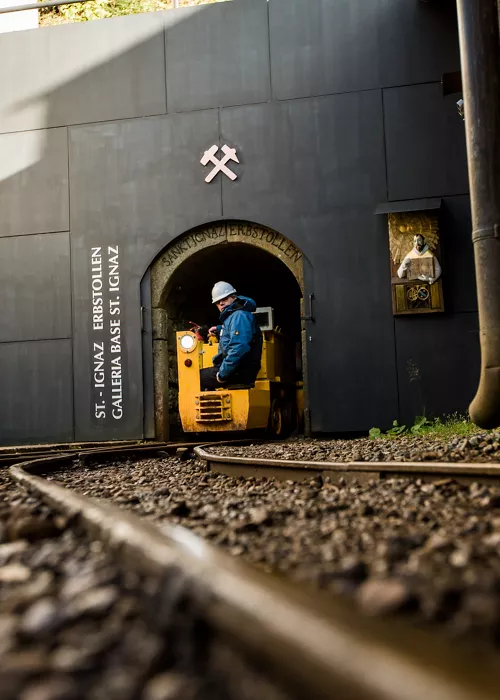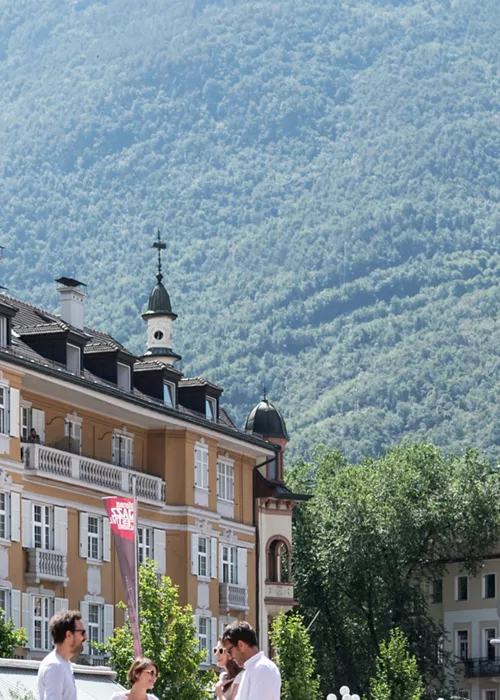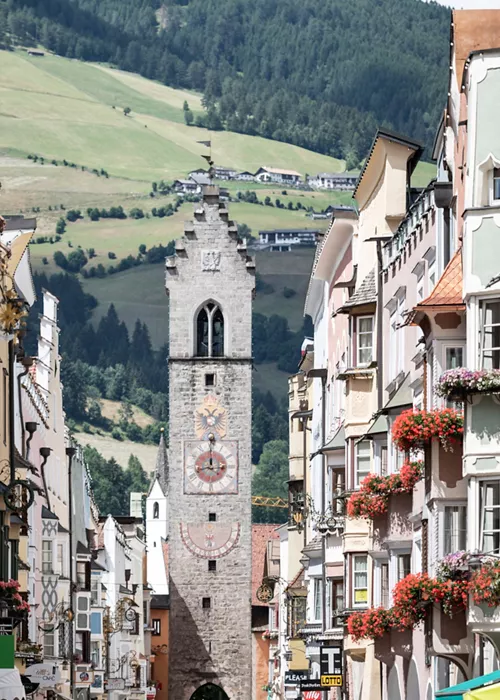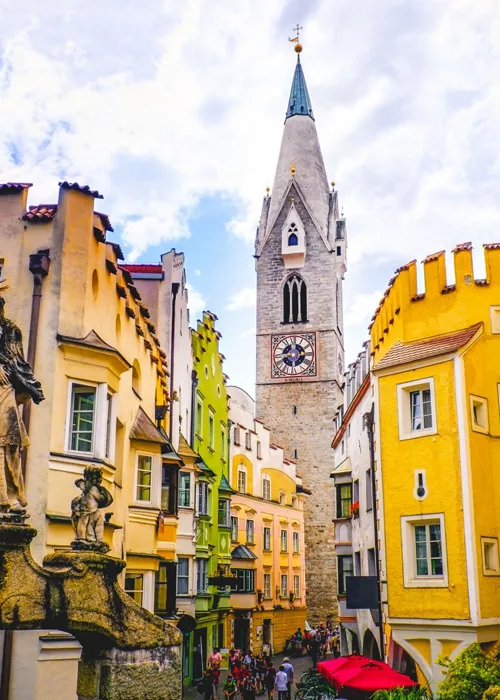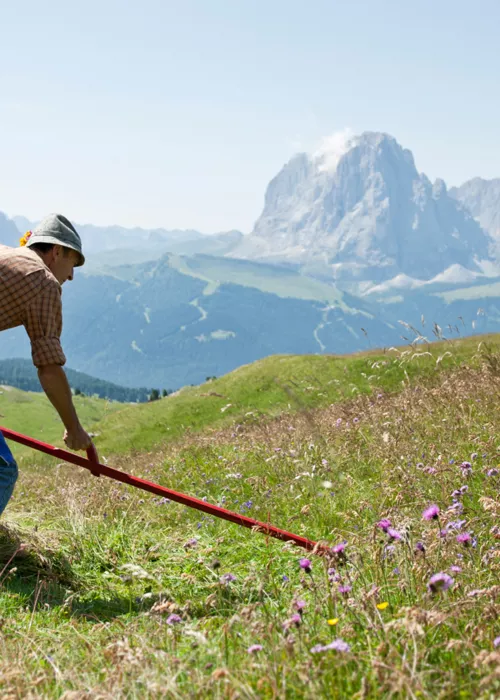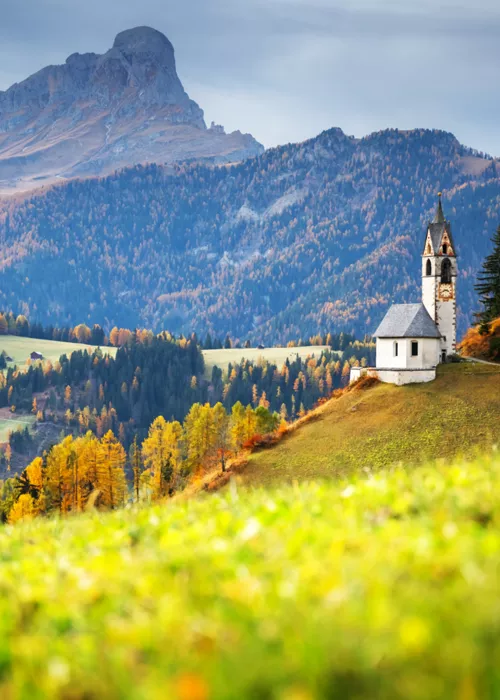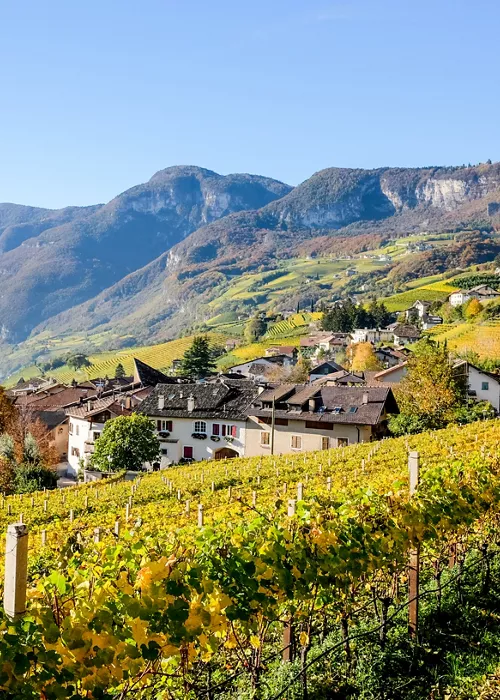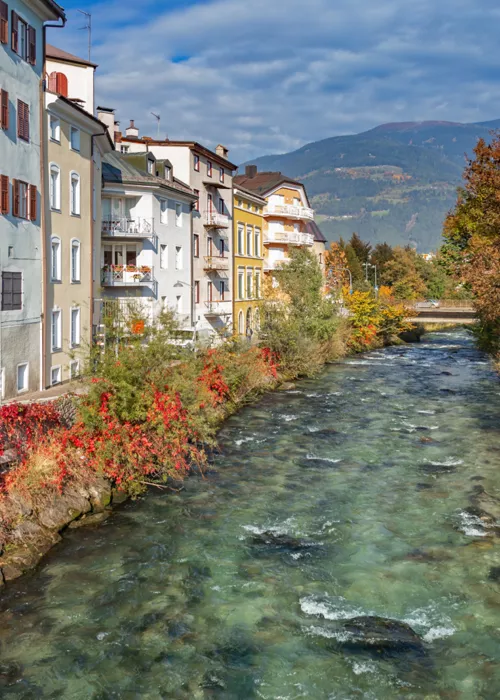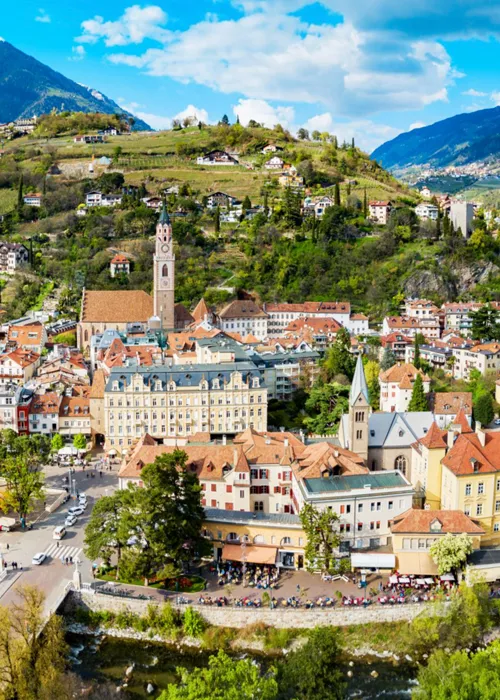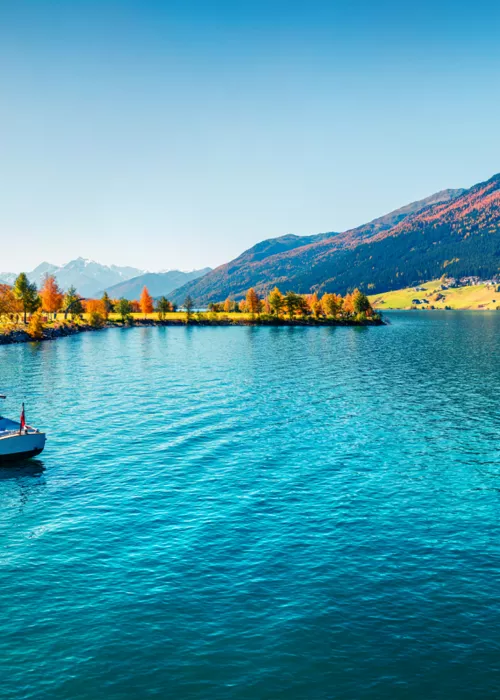In Val Gardena, where carving wood is an art
2 minutes
Nativity scene characters, but also animals, decorative objects and dolls: woodcarving in Alto Adige is a true art, which has been handed over the generations, also thanks to the region's abundant supply of wood.
The origins of Alto Adige sculpture
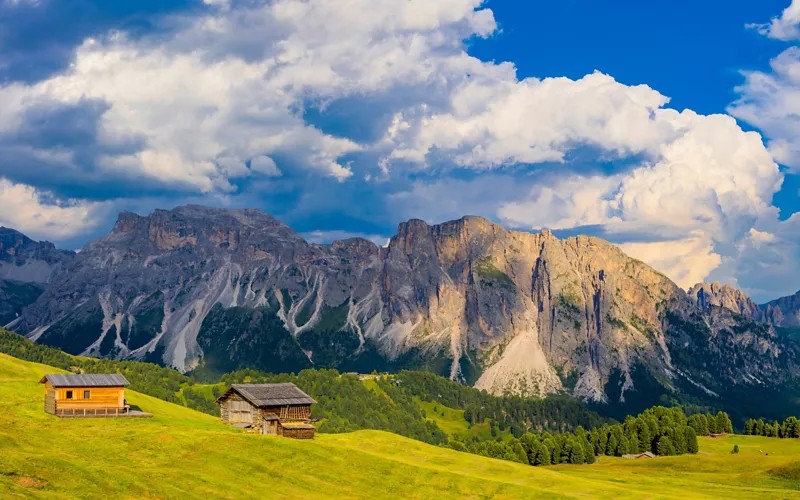
The earliest surviving Val Gardena carver was Christian Trebinger, born around 1580. The artist primarily created sacred sculptures, such as crucifixes and nativity scenes, and his legacy was carried on by some of his sons, who were also frame carvers. However, the Trebinger family was not an isolated case. During the same period, the Vinatzers were mostly working on figurative sculpture. A visit to the Museo de Gherdëina in Ortisei is recommended to admire some particularly representative pieces from both artistic schools.
The Gröden doll, a worldwide success
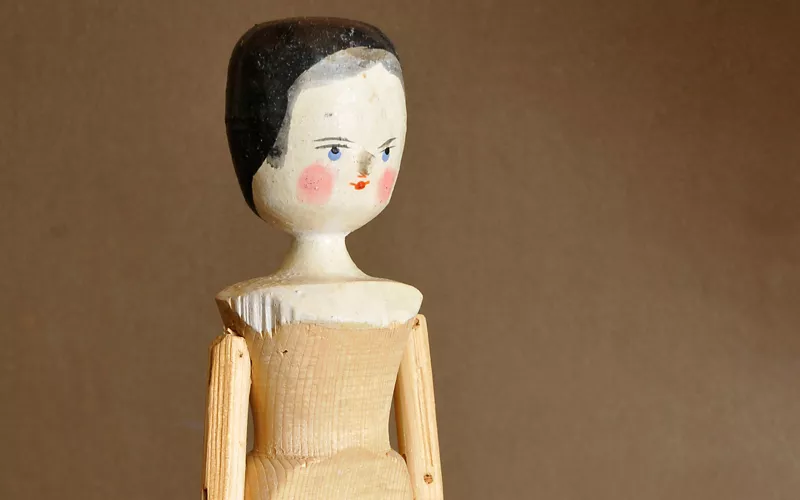
In the past, woodworking was so important that in 1850, every second inhabitant of the valley in Val Gardena was doing this job, about 2500 people. Highly coveted pieces not only locally, but also abroad, where mainly toys were exported. Among the most popular figures was the Gröden doll, also called the Dutch Doll, because it was shipped to the United States from Dutch ports. It was a very simple doll, made entirely of wood. The head and torso were carved from a single block and were immobile, and the arms and legs moved by means of pegs. The dolls were sold without clothes, so it was up to the children to make them from offcuts of cloth.
From design to the final product: how wood sculptors work
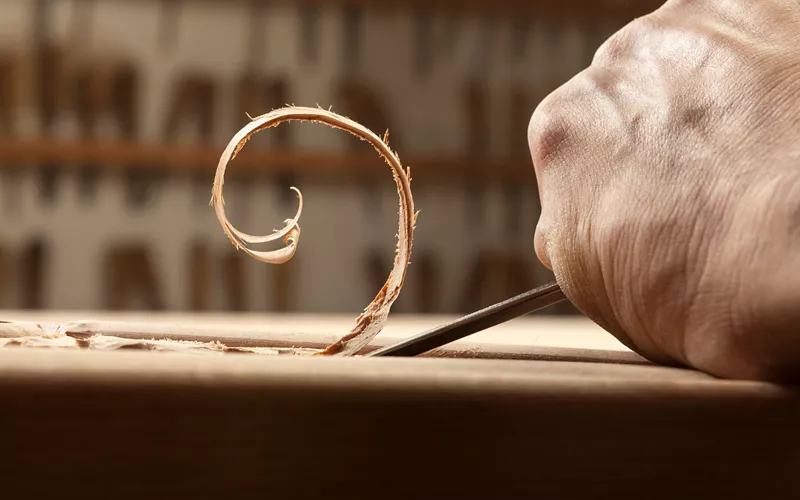
The need to regulate such a varied production became apparent at a certain point. A school was established in 1872, today's vocational school for artistic handicrafts and Liceo artistico Cademia, to develop the ancient art of woodcarving.
Nowadays, production has evolved significantly compared to the past: before, mainly sacred figures were in demand, whereas now it is the secular themed figures that are most popular.
What has not changed is the approach to work: unlike carvers, who create objects that already exist, the wood sculptor starts with a project and creates something that did not exist before. When completed, the piece can be painted, as was the case with doll faces, or enriched with gilding and other decorative elements. Even the wood used is the same and, of course, only comes from the local area: chestnut, walnut and Swiss pine remain the most suitable for carving.
At Unika, the Ortisei Art Fair
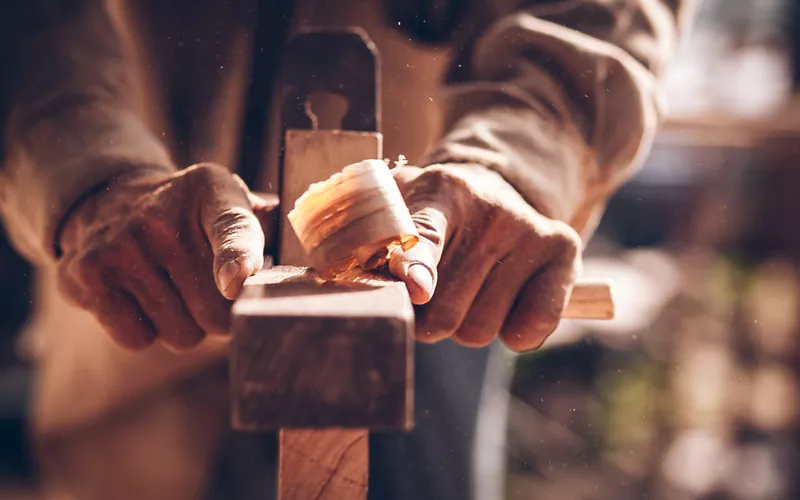
Today, wood sculptors are greatly diminished; a factor influencing this is the collapse of the Val Gardena toy industry after the First World War, but also the fact that wood carving is seen more as a craft than an art.
To protect this important piece of local history, the first Exhibition Association was founded in 1920, which paved the way for the production of original art pieces. The latter is now the main requirement for admission to Unikathe association of artists, ornamental sculptors and barrel painters from Val Gardena. You can admire their work at exhibitions and events, and especially in September, when the traditional Art Fair is staged in Ortisei.
If you happen to be passing through these parts, don't miss a visit a wood workshop. All artists belonging to the Association can be found on the Unika website, with their contact details and a selection of their work.

